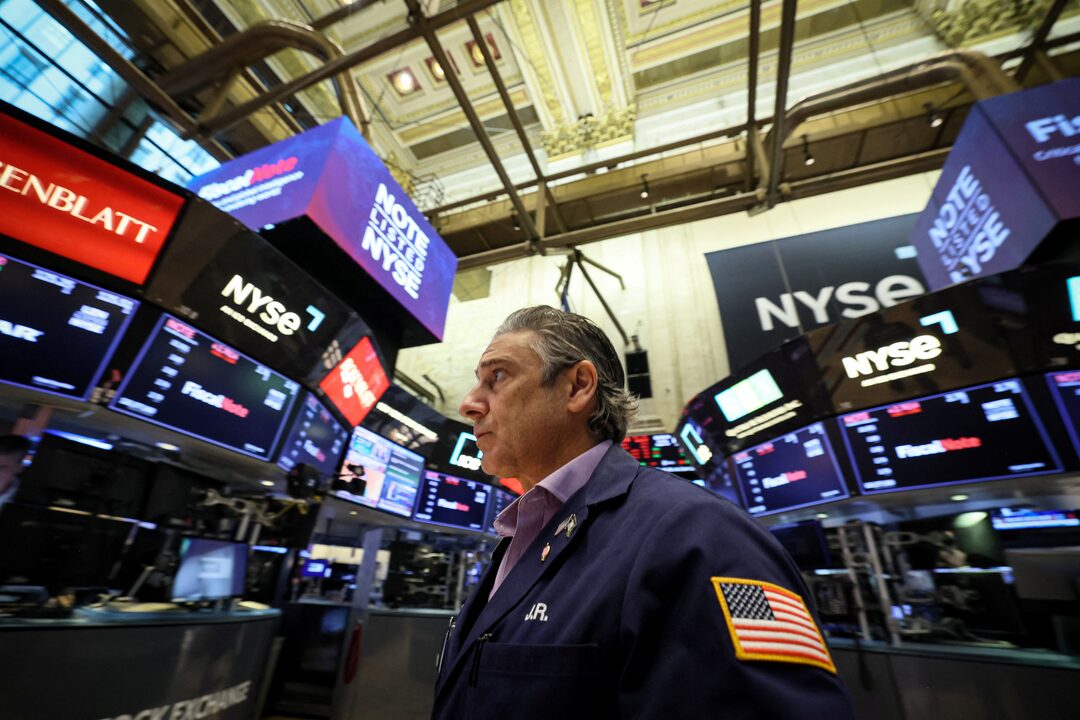After years of tension, the United States and China have agreed to a significant step forward in their trade relationship — a mutual agreement to reduce tariffs on hundreds of products. The newly announced US-China tariff deal has been hailed by many officials as a major breakthrough, signaling a potential shift toward economic cooperation between the world's two largest economies.
This deal arrives at a critical juncture as both countries grapple with slowing growth, inflationary pressures, and the need to stabilize their respective domestic markets. But beyond the political headlines, what does this agreement truly mean for the global economy, businesses, and consumers?
Let’s break it down.
What Is the US-China Tariff Deal?
The US-China tariff deal, finalized in May 2025, entails a substantial reduction of tariffs on a range of goods, including semiconductors, medical equipment, electronics, and agricultural products. The agreement reportedly affects nearly $200 billion worth of two-way trade.
Under the terms of the deal:
- The United States has agreed to roll back up to 50% of the tariffs imposed during the trade war years (2018–2020).
- China, in return, will lower or eliminate tariffs on key American exports, particularly in the energy and agriculture sectors.
- Both sides have committed to a framework for future negotiations, designed to prevent tariff escalations and resolve disputes through consultation.
Officials from both Washington and Beijing have emphasized that the deal is not a complete end to trade disagreements but a foundation for "a new phase of constructive dialogue."
Why Now? The Political and Economic Motivations Behind the Deal
The timing of the US-China tariff deal is not coincidental. Both nations are navigating complex internal and external challenges, and a trade détente offers potential relief on multiple fronts.
1. Economic Pressures in the U.S.
With inflation remaining stubbornly high, U.S. consumers have felt the burden of tariffs in the form of increased prices for imported goods. American manufacturers have also faced higher input costs due to restricted access to cheaper Chinese components. By reducing tariffs, the Biden administration aims to ease inflationary pressure and stimulate domestic business activity ahead of the 2026 midterm elections.
2. China’s Slowing Growth
On the other side, China is contending with an economic slowdown, youth unemployment, and weakening investor confidence. The Chinese government sees improved trade access as a way to boost exports and attract foreign investment. The tariff reduction deal also signals a more open stance toward international collaboration, something Beijing has sought amid growing skepticism from Western economies.
3. Global Trade Realignment
Additionally, the global trade landscape is shifting. The rise of regional trade blocs and supply chain diversification has changed how major economies interact. By repairing the strained US-China trade relationship, both nations are positioning themselves more competitively in a fragmented global market.
Impacts on Global Markets and Businesses
The announcement of the US-China tariff deal has already led to tangible effects in global financial markets and supply chains.
Stock Market Reactions
Stock exchanges in New York, Shanghai, and Hong Kong experienced immediate gains following the announcement. Tech stocks, in particular, rallied due to the anticipated reduction in tariffs on semiconductors and consumer electronics. The easing of trade tensions also lifted investor sentiment across Asia-Pacific markets.
Supply Chain Recovery
The deal is expected to enhance the predictability of trade flows, helping manufacturers plan sourcing strategies more confidently. Companies previously caught in tariff crossfire — such as Apple, Caterpillar, and Deere & Co — may benefit from lower costs and smoother logistics.
Boost to Agricultural Exports
American farmers, who have long lobbied for reduced barriers to Chinese markets, are set to gain from the deal. China’s commitments to purchase more U.S. soybeans, corn, and beef could revive agricultural exports that had suffered in the past five years.
H2: Potential Risks and Remaining Challenges
While the US-China tariff deal represents progress, it does not solve all the underlying issues in the bilateral relationship. Some risks and concerns include:
1. Enforcement Mechanisms
Skeptics question how each side will monitor compliance. Previous deals have faltered due to disagreements over enforcement and transparency.
2. Technology and Security Tensions
Tariff reductions do not address the core concerns around technology transfer, data security, and intellectual property — areas where competition and distrust remain high.
3. Political Volatility
With leadership transitions looming in both nations over the next few years, future administrations may revisit or even reverse the current agreement.
Nevertheless, most analysts agree that the deal provides a needed reset and opens the door for deeper economic engagement.
What’s Next for US-China Economic Relations?
The US-China tariff deal could set a precedent for broader economic cooperation. Future steps may include:
- Negotiations over digital trade rules
- Bilateral agreements on climate technology and green infrastructure
- Possible joint efforts to stabilize commodity markets, such as rare earth elements or lithium
However, success will depend on consistent diplomatic engagement, mutual respect, and a shared commitment to de-escalation.
In the meantime, businesses should take advantage of the more favorable trade environment by reassessing sourcing strategies, expanding into reopened markets, and preparing for additional regulatory clarity.
Conclusion
The 2025 US-China tariff deal is a historic moment in international trade — not just for its economic significance, but for its symbolism. After years of friction, two rival superpowers have chosen dialogue over confrontation, cooperation over isolationism.
While much remains to be seen, the move sends a hopeful signal to the global community: even in a divided world, pragmatic economic diplomacy is still possible.
Read More






 Friday, 21-11-25
Friday, 21-11-25







